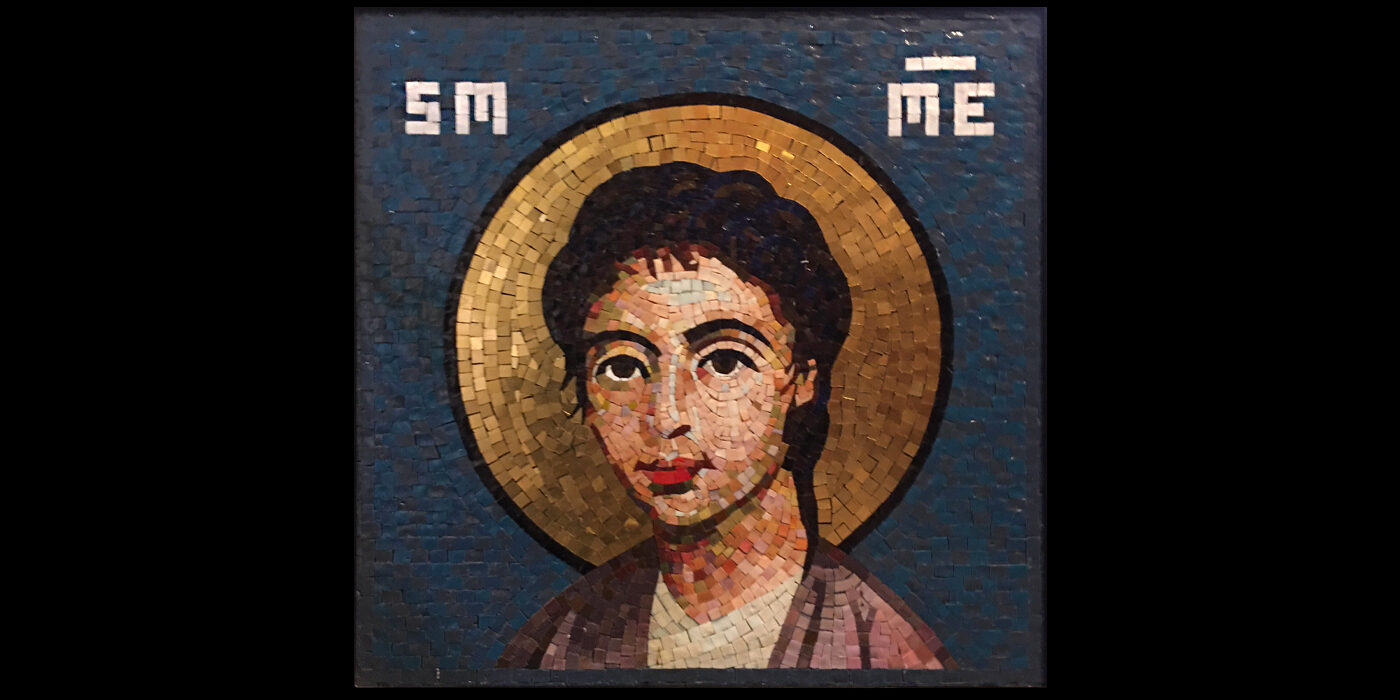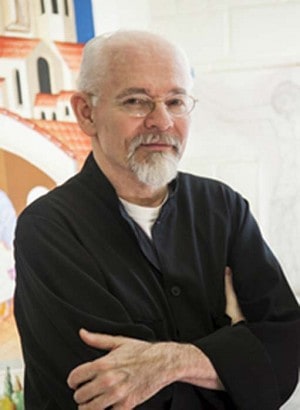
They simultaneously worked on Wrapped Walk Ways (Tokyo and Holland) and Wrapped Island (South Pacific), neither of which came to fruition. Within a year of Wrapped Coast, Christo began work on Valley Curtain: an orange curtain of fabric to be hung across the mountainous Colorado State Highway 325. With the help of Australian collector John Kaldor, Christo and Jeanne-Claude and 100 volunteers wrapped the coast of Sydney's Little Bay as Wrapped Coast, the first piece for Kaldor Public Art Projects. It was panned by the public and ordered to be undone by the fire department, which went unenforced. In 1969, at the invitation of the museum director Jan van der Marck they wrapped the Chicago Museum of Contemporary Art while it remained open.

In the mid-1960s, they also created Air Packages, inflated and wrapped research balloons. His largest piece was shown in the 1968 Documenta 4. Christo began to make Store Fronts, wooden facades made to resemble shop windows, which he continued for four years.

The couple relocated to New York City, the new art world capital, in 1964.

They eventually flew in separate planes such that, in case one crashed, the other could continue their work. They originally worked under the name "Christo" to simplify dealings and their brand, given the difficulties of establishing an artist's reputation and the prejudices against female artists, but they would later retroactively credit their large-scale outdoor works to both "Christo and Jeanne-Claude". Christo and Jeanne-Claude hired assistants to do the work of wrapping the object at hand. They together imagined projects, for which Christo would create sketches and preparatory works that were later sold to fund the resulting installation. They developed consistent, longtime terms of their collaboration. Near Christo's first solo show in Paris, in 1962, the pair blocked an alley with 240 barrels for several hours in a piece called Iron Curtain, a poetic reply to the Berlin Wall. Their first show, in Cologne, 1961, showcased the three types of artworks for which they would be known: wrapped items, oil barrels, and ephemeral, large-scale works.

The pair refused grants, scholarships, donations or public money, instead financing the work via the sale of their own artwork.Ĭhristo and Jeanne-Claude described the myriad elements that brought the projects to fruition as integral to the artwork itself, and said their projects contained no deeper meaning than their immediate aesthetic impact their purpose being simply for joy, beauty, and new ways of seeing the familiar.Ĭhristo and Jeanne-Claude met in October 1958 when he was commissioned to paint a portrait of her mother, Précilda de Guillebon. Their work was typically large, visually impressive, and controversial, often taking years and sometimes decades of careful preparation – including technical solutions, political negotiation, permitting and environmental approval, hearings and public persuasion. Until his own death in 2020, Christo continued to plan and execute projects after Jeanne-Claude's death in 2009. Originally working under Christo's name, they later credited their installations to both "Christo and Jeanne-Claude". īorn in Bulgaria and Morocco, respectively, the pair met and married in Paris in the late 1950s. Christo Vladimirov Javacheff (1935–2020) and Jeanne-Claude Denat de Guillebon (1935–2009), known as Christo and Jeanne-Claude, were artists noted for their large-scale, site-specific environmental installations, often large landmarks and landscape elements wrapped in fabric, including the Wrapped Reichstag, The Pont Neuf Wrapped, Running Fence in California, and The Gates in New York City's Central Park.


 0 kommentar(er)
0 kommentar(er)
